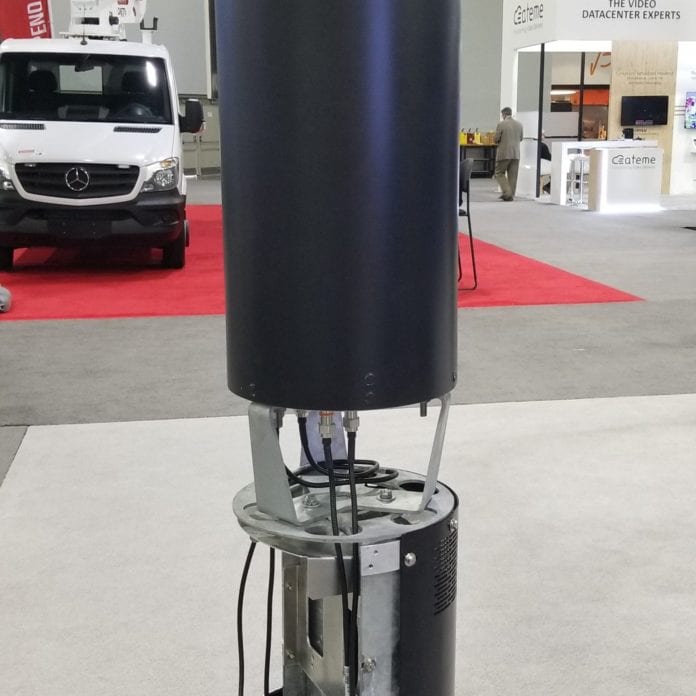CommScope’s director of network engineering talks CBRS, small cell concealment
ATLANTA–With the finalization of the rules for the Citizens Broadband Radio service this week, CBRS is moving ever closer to commercialization.
CommScope has been gearing up to support that commercialization for a number of years now, both on the physical network infrastructure side as well as in the underlying systems that enable CBRS spectrum-sharing, as one of the companies that has developed a Spectrum Access System.
The company recently announced that it would partner with Google on the design, deployment and operation of an Environmental Sensing Capability sensor network, which will be built out along the U.S. East and West coast to enable protection of incumbent naval radar systems through communication with the SAS, which mediates the sharing of the 3.5 GHz spectrum.
“We think between ourselves and Google, that we’re going to put up the best-in-class ESC network,” Mike Wolfe, CommScope’s director of network engineering for North America, told RCR Wireless News at this week’s SCTE ISBE Cable-Tex Expo. “We’re going to make sure that we can leverage the tiered spectrum usage of CBRS effectively and really get the most value out of that spectrum for the U.S. government and for the people that want to use it for commercial purposes.”
He added that CommScope is developing a number of products, particularly antennas, which will support CBRS deployments.
“Many of the small cell antenna products that we’re developing today, for example, include support for the CBRS band,” Wolfe said. “We definitely expect operators to leverage CBRS spectrum in the small cell portion of their network. We think it’s a very effective way to add capacity and help them achieve that gigabit-per-second performance that they’re looking for to give a better experience to their users.”
Wolfe also addressed what CommScope is seeing in trends for small cell concealment.
“We’re seeing concealment requests accelerating over the last year or so, and I think we’ve gotten to a level of maturity now where we’ve got more sophisticated solutions to offer around the concealment approaches that we have to take to these operator customers and to the municipalities who have to approve them,” Wolfe said.
He went on to add: “Our hope is that we can work with a lot of these stakeholders to come up with maybe more of a single approach, one size fits all, where we can get all the different operators to agree that within this one particular design, that they can all live with it and that helps streamline the deployment within that municipal area … . That’s becoming more successful as we go forward.”
Watch the interview with Wolfe below:

